How to Live from Your Spiritual Heart
Ram Dass
with Rameshwar Das
Conceived by Janaki Sandy Gaal

Dedicated to Neem Karoli Baba
This book is a pale reflection of your light,
the flicker of a candle compared to the sun.
Taking the pollen-like dust of my Gurus lotus feet
to polish the mirror of my heart,
I can now sing the pure splendor of Sri Rm, the best of Raghus,
which bestows the four fruits of life.
I dont know anything, so I remember you, Son of the Wind;
grant me strength, intelligence, and wisdom,
and remove my impurities and sorrows.
INVOCATION TO HANUMAN CHALISA, TRANSLATION BY KRISHNA DAS, FROM FLOW OF GRACE
Contents

Fast Foreword

THE YEAR RAM DASSS Be Here Now was first published, 1971, was a turbulent time. The Vietnam War was provoking a backlash of protests. Ebullient waves from psychedelic drugs, acid rock, newfound sexual freedom, feminism, environmentalism, and back-to-the-land hippie communes were creating tectonic shifts in the existential landscape. The psychedelic expansion of consciousness began crossbreeding with Buddhism, Hinduism, and New Age spirituality to offer glimmers of internal liberation.
Idealistic visions were soon tempered by experience. There were good trips and bad trips. Deaths of students at Kent State and of rock n roll heroes Jimi Hendrix, Janis Joplin, and Jim Morrison were sobering shocks. Woodstock was over. The big party woke up the morning after, smelling the coffee and needing to get on with it, laying the foundations for real change.
Richard Alpert had been Timothy Learys professorial colleague and psychedelic sidekick at Harvard, which fired them both in 1963. After Harvard, they ran a counterculture exploratorium at Millbrook in upstate New York. In 1966, Alpert, the consummate psychedelic psychologist, went to India. He returned as Ram Dass, a Western yogi, and soon became a Johnny Appleseed of Eastern spirituality throughout the West.
After a second sojourn in India, from 1970 to 1972, Ram Dass again went on the road, lecturing tirelessly for two and a half decades. Over and over, he conveyed, with humor and stories and quotes, a shift from the Western achievement model of making it happen and just doing it to quieting the mind and being in the moment, being present and attentive and lovingjust being. Going radically beyond his previous experiences, he described and manifested in himself a different state of being, transmitted from his guru in India. Some spiritual seeds sprouted. Thousands of people got the message and changed their lives in response.
The publication of his handcrafted manual of transcendence, Be Here Now, interjected a new note into the cacophonous cultural conversation of the 70s. Produced at a commune of graphic artists in the mountains of northern New Mexico and printed on brown wrapping paper, it was more graphic novel and artwork than text. When Be Here Now came out as a book, it was a powerful statement of this new way of being. Suddenly, out in the mainstream publishing world, there was this hand-hewn, counter-cultural owners manual for consciousness.
It caught on. People passed it around to their friends, and it became a New Age bible. The message of Be Here Now was like a pebble dropped into the cultural pool of consciousness, and it continues to ripple out in contemporary lingo, yoga culture, in names of radio shows like NPRs Here and Now, in a stream of New Age literature flowing all over the spiritual map.
Be Here Now was not just a media phenomenon but part of a cultural shift in consciousness. More people now identify with eclectic nondenominational spirituality. Aging baby boomers are dealing more openly with life and death. Yoga has gone from being an exotic Eastern import to a transnational subculture. In the Internet age, being here now transcends time and space; we dwell entwined in a virtual moment. As we journey together through space on blue-marble earth, planetary awareness grows and separations dissolve. As Ram Dass would say, Them is becoming us.
For millions of us, Be Here Now opened doors to our deeper selves, clarifying and calming the tumult of insight and upheaval and helping many of us take the first step on the pilgrimage into our own heart. Since the 60s, the winding way of inner exploration has led us around many bends and up some blind alleys. The inner vision continues to pull, and we continue to follow.
Be Here Now shifted our point of view from whatever we thought was going on to seeing life as a spiritual journey. A section of it, the Cookbook for a Spiritual Life, gave practical recipes for spiritual practice and yoga for Westerners. The simple message was, Now that youve seen the light, this is how to live in it. That cookbook is still an essential resource, and the perennial imperative of the books cryptic title remains: just be completely present in the moment. Just be.
The process of clearing our mind-fields of clutter and attachment in order to just be here now is complex and daunting. Its a multilevel game. As soon as you focus on one part of the jigsaw puzzle of your consciousness, something else thats even harder to deal with invariably grabs your attention. As Ram Dass says, The mind is a wonderful servant, but a terrible master.
In keeping with these many levels of mind and emotion, the image of polishing the mirror is a multidimensional metaphor. Consciousness itself is a hall of mirrors. The key quality of the human soul is the ability to reflect on its own existence. Self-reflection, introspection, self-inquirywhatever we call ittakes us through many layers of the onion of our inner being, from our most mundane, recursive thoughts to exalted states of pure awareness and unconditional love, of oneness or God-consciousness.
This internal reflection can also be seen as a process of witnessing, or simply observing our own actions, thoughts, and emotions with an attitude of tolerance and love. Witnessing helps us to detach from the external phenomena and sensory experiences, as well as from our mental narratives, our personal story lines that so thoroughly occupy our attention.
Witnessing subtly shifts how we identify ourselves. We shift from being the protagonist of our personal narrative, captivated by the tumult of our thoughts and experiences, to seeing those thoughts and experiences as phenomena reflected in the calm mirror of our inner being. From being the star of our own show, we become an affectionate observer of the play.
Alongside this shift in the locus of our inner identity there is a process of external reflection, as we see our inner being reflected and projected onto every experience of the outer world. With patient spiritual practice, we can bring our external experience into ever-closer alignment with our inner being. This is yoganot just yoga of the body, but also yoga of the mind (jnana yoga), yoga of the heart (

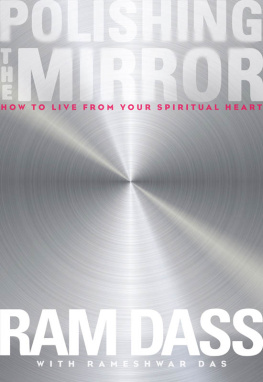
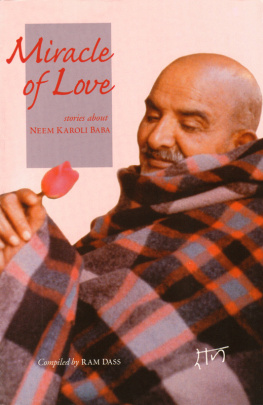
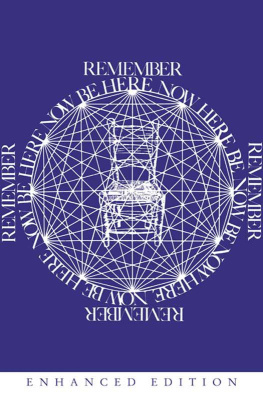
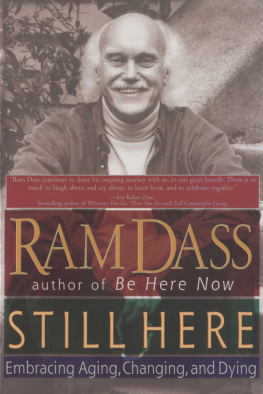
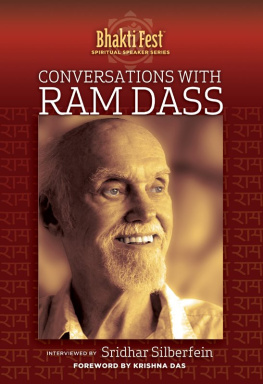


![Woren Dan - Be love now: [the path of the heart]](/uploads/posts/book/211065/thumbs/woren-dan-be-love-now-the-path-of-the-heart.jpg)


![Rameshwar Dass - Be love now : [the path of the heart]](/uploads/posts/book/113959/thumbs/rameshwar-dass-be-love-now-the-path-of-the.jpg)



